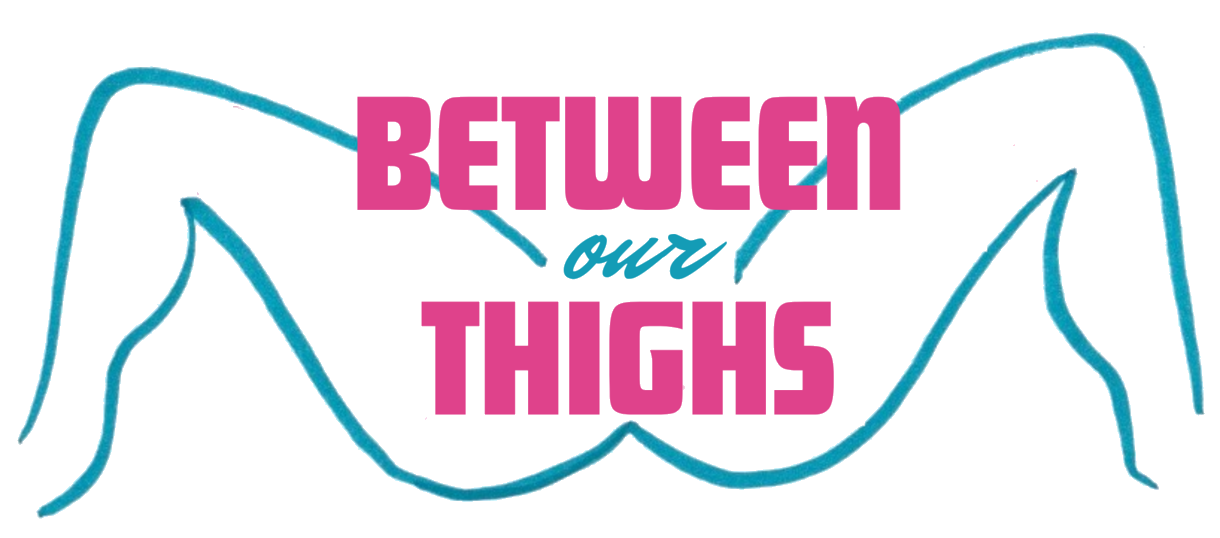Improve Your Relationship: How to Learn Your Attachment Style Now
Coined in the twentieth century, attachment theory refers to how a child interacts with their parents or caregivers — characterized by key behaviours — which eventually comes to affect their adult attachment. This was largely developed by researchers Mary Ainsworth and John Bowlby (over separate studies conducted at different times); while they are mostly similar, Bowlby proposed four different attachment styles, while Ainsworth suggested three.
So, what are the four attachment styles in relationships and how does one determine how they become attached to others, based on childhood tendencies? How can one be aware of attachment disorder symptoms to prevent them from ruining romantic relationships with their significant other? Am I ready for a relationship? Discover which form of adult attachment you exhibit below to learn more. We’ve also created a quiz, found at the bottom of this article, to better help you understand which style you most identify with.
Secure attachment style
This is the most ideal of adult attachment styles, which typically leads to a healthy relationship. These individuals are not attached to others in a way that makes them feel unsure about themselves. A securely attached person feels safe, satisfied, and stable in their relationships with themself and others. Because they do not fear being alone, they’re able to form more meaningful connections.
In adult relationships, you may see this manifest as being able to confidently set and talk about your essential relationship boundaries, feeling comfortable talking to your partner about your needs, and exhibiting green flags to their significant other in their behaviours. When not committed to anyone, these folks understand that it’s okay to be single when all their friends are in relationships.
Ambivalent (anxious-preoccupied) attachment style
Folks who have an ambivalent attachment style, also known as anxious-preoccupied or anxious attachment style, crave affection and the closeness of a relationship, yet constantly doubt their significant other’s feelings. Often, this is due to a caregiver having an inconsistent parenting style when they were young, meaning that they could not feel sure about how to react to a given situation within that relationship (hence, the importance of one learning how to nurture their child).
These individuals may become overwhelming to their partner as they attempt to get validation, perhaps making their partner a priority more than they should. Unfortunately, self-love and self-care often become an afterthought, and someone might miss the signs they’re in an abusive relationship when adopting this mindset.
Avoidant or dismissive attachment style
As the name suggests, people with an avoidant or dismissive attachment develop an avoidance of closeness, generally beginning in childhood and carrying through into adult relationships. This is noticeable not so much as setting healthy relationship boundaries as it is about pushing partners away due to being uncomfortable with emotions, feeling closed-off or intolerant, and not wanting to invest emotionally in another person. Thus, casual, short relationships may be preferred.
Folks with an avoidant attachment style often exhibit red flags in their relationship, including not taking the time for relationship self-care. Unfortunately, while folks with this attachment style may believe that they do not need or want a close relationship, this may not necessarily be the case. Exploring the topic in therapy can be a big help!
Disordered or disorganized attachment style
Attachment disorder symptoms that may arise include unpredictability in how one feels within a relationship at a given time, including fluctuating between loving, hating, and fearing the romantic relationship. When invested in a long-term relationship, couples can work through this through therapy (including couples’ therapy), open communication, and regular relationship check-ins.
Exploring the five love languages and determining how you best feel love from a significant other can also help create a sense of trust in the relationship, leading to it feeling like a more balanced relationship for both partners.
While there are four different attachment styles in relationships that you might resonate with, including attachment disorder symptoms, discovering how you become attached to a partner is key to developing a healthy and happy partnership. Once you have uncovered, essentially, why you feel the way that you do, you’ll be able to be more attentive to your emotional and physical needs, learn how to respond to crises within the relationship, have better conversations, and how to shift towards a more secure attachment (if you aren’t already experiencing a secure relationship). Overall, it will be a better relationship!
Still unsure of where you fall within the attachment theory? You can find our attachment styles quiz directly below:
Do you find the attachment theory to be accurate? After taking the quiz above, which attachment styles in relationships do you most identify with? Let us know your thoughts in the comments below.




